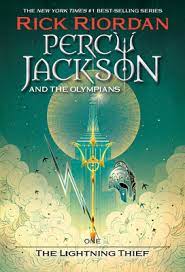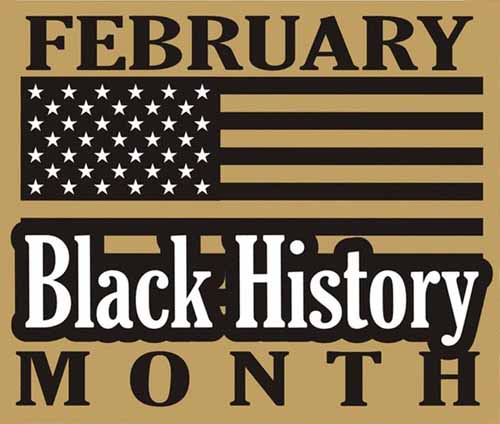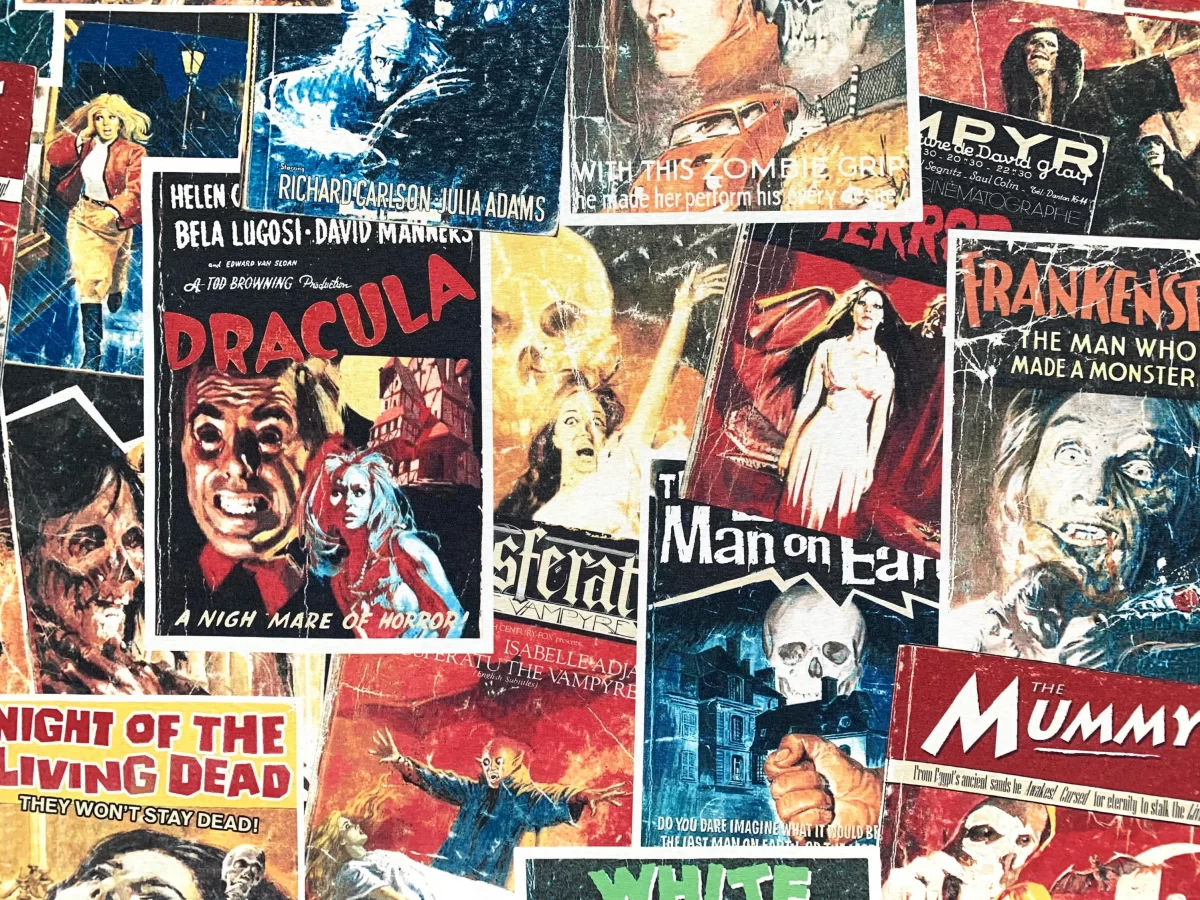
The Legend of Santa Claus
Santa Claus, Kris Kringle, Saint Nick, or simply Santa, are all names for the portly, white-bearded, old man who comes every December 25th. The legendary figure of Santa has been around for ages and his presence can be seen throughout the world. Over the years he’s been used in film, tv shows, advertisements and music earning him a dominant spot in the holiday season. However, despite him being world famous many still don’t know how exactly we got the man known as Santa Claus. In fact his story has developed a long way since his origin, with the reindeer, elves, and his signature ho!ho!ho! being products of stories and pop culture made long after his first appearances.
Jolly Ol’ Saint Nick
The origin of Santa Claus traces its way to 3rd Century Turkey, during the time of the Roman Empire, where there lived a man now known as Saint Nicholas. Nicholas had devoted much of his life to charity as he traveled around Turkey and the Levant giving to all those in need. One story in particular goes that Nicholas had heard of a faithful man who was unable to pay the dowries for his daughters to get married, which at the time would’ve forced them into servitude. Nicholas, hearing of their plight, decided to act in secret. In the dark of the night, he went to their house, and threw a small bag of gold coins through their window, enough to pay one girl’s dowry. He did this two more times, before being caught on the third night. Upon seeing him, the father thanked him profusely for his generosity, but Nicholas told him to remain secret about it as a way to preserve humility. St. Nicholas went on to become a Bishop and did many more important things throughout his life, but this story serves as the main inspiration for our modern Santa Tradition.
Sinterklaas and Father Christmas
The story of Saint Nicholas was very popular across Europe and soon became celebrated on a yearly basis. In keeping up with the tradition, many northern countries, specifically the Netherlands, devoted a day to gift giving on December 6th, in accordance with the Saint’s feast day. They would hold large festivals, where people would dress in a large red cape, a traditional bishop alb, a red bishop mitre hat and of course a bushy white beard. This character would be called Sinterklaas, an offshoot of the original Saint Nicholas name. England also had a similar character, a fat, jolly man clad in green who was meant to be the personification of Christmas tradition. However the tradition would soon leave home and take to new heights.
Santa Claus comes to Town
Both of these characters would soon find themselves way across the Atlantic Ocean, in particular New York which had a large population of Dutch immigrants. With the American Colonies being mostly British, they quickly anglicized the Dutch Sinterklaas to Santa Claus, and ditched his red bishop clothing to the red robes and hat we associate him with today. But it wasn’t until the 19th century that he really became a widely known figure. Children’s books and Newspaper articles were being published, and art depicting him can be found around Christmas time. Santa soon found himself accompanied by a sleigh of reindeer, and, thanks to numerous works by Thomas Nast, found a home in the North Pole. Santa also became far more plump during this time, with people going all in on the idea of a fat, jolly old man.
Santa enters the 20th Century
The early 1900’s saw some of the most development of old Kris Kringle. People were now bringing Santa to life, dressing up in costumes at shopping centers or taking to the street to raise money for the Salvation Army. This was also around the time that elves began to be associated with Santa and took up jobs in his North Pole Workshop. The popularity of Santa benefited greatly from the development of Mass Media, with his likeness being used widely in advertising by several companies. Most famously, the Coca-Cola Company, who many wrongly assume to be the origin of his red outfit and bearded figure. The start of radio and television meant that every Christmas would be filled with depictions of Mr. Claus. Music was being made about him, films depicting him were becoming popular, and across the country parades were being held with Santa being the highlight.
Santa in the Modern Day
Santa Claus has only continued to be a dominant presence in the Holiday Season as every year millions of kids await his arrival on the 25th. The story of Santa starts with the humble beginnings of a man who wanted to help the world and has since grown to exponential proportions. We may be used to leaving out milk and cookies, or hanging our stockings on the fireplace in hopes for a gift, but these all came from years of a shifting story. The one thing that’s for certain is that the Holiday Season wouldn’t be the same without Santa Claus, his red hat, his 9 reindeer and of course his nice list.
















